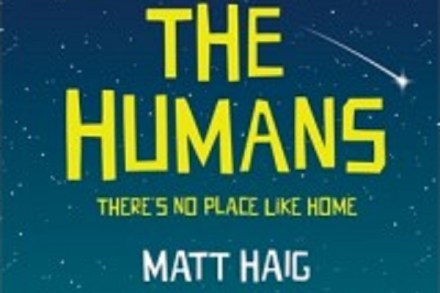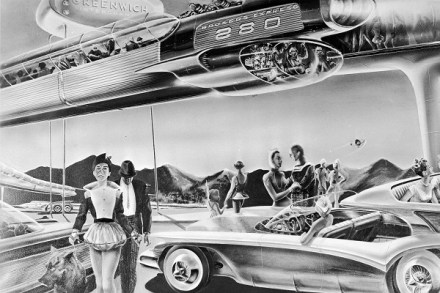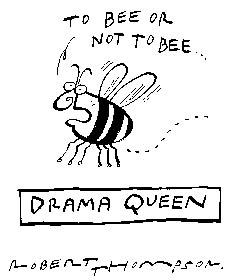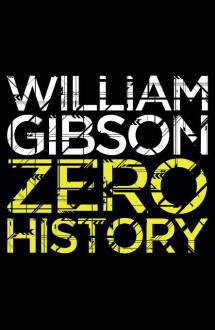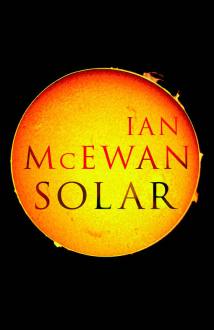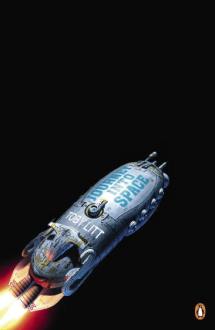MaddAddam by Margaret Atwood – review
The two opening volumes of Margaret Atwood’s trilogy have sold over a million copies. One of them managed to be shortlisted for the Man Booker prize in the nadir year that D.B.C. Pierre’s Vernon God Little won. Entitled Oryx and Crake (2003) and The Year of the Flood (2009), they depict planet Earth after humankind has been obliterated by a pandemic triggered by a newly devised pharmaceutical that arouses sexual rapture and retards ageing. A bioengineered humanoid species, the Children of Crake, however, survive: ‘free from sexual jealousy, greed, clothing and the need for insect repellent and animal protein’. In addition to a few surviving humans, Atwood’s teeming cast includes


